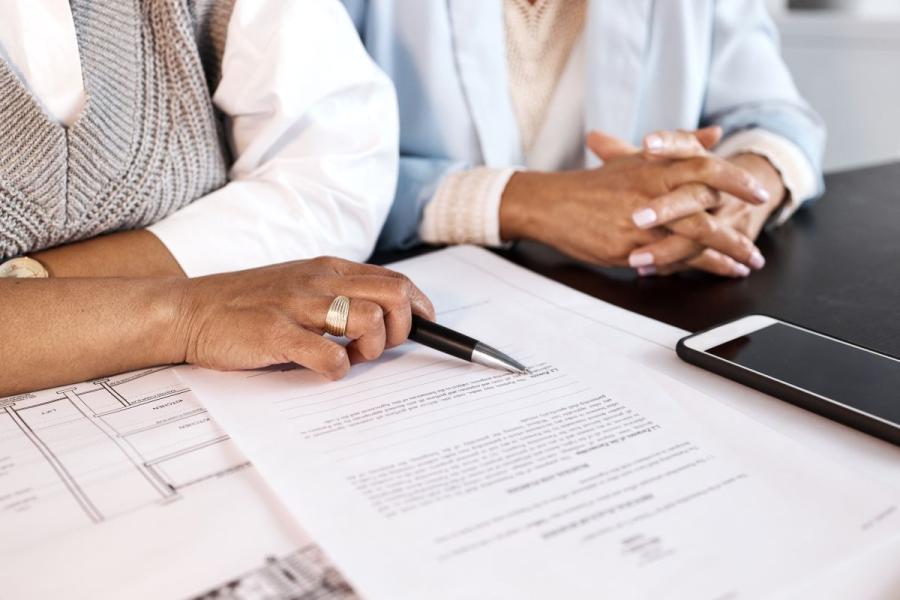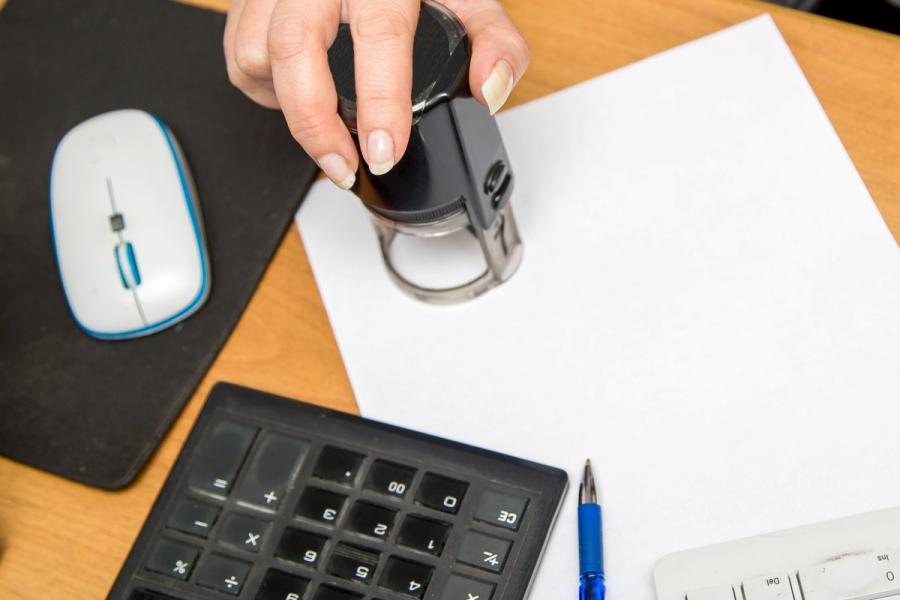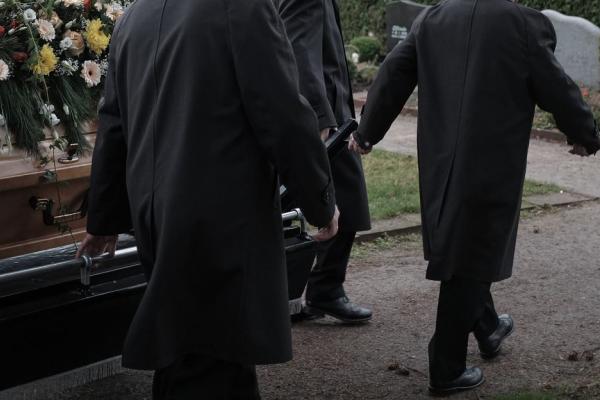
What is a death certificate and how is it obtained?
When a loved one passes away, in addition to the emotional pain that loss brings, the family must deal with a number of essential administrative procedures. Among these, one of the most important and urgent is obtaining the death certificate, since without this document it is not possible to begin basic legal and administrative formalities.
The death certificate is essential for matters such as accessing inheritances, closing bank accounts, cancelling contracts or applying for widow’s or orphan’s pensions. Despite its importance, many people are unsure of what it is and how it can be requested. This article addresses all those questions clearly and thoroughly.
What is a death certificate?
A death certificate is an official document issued by the Civil Registry that legally certifies the death of a person. It records basic information such as the date, time and place of death.
This document not only serves as proof of death, but also becomes the key that enables subsequent procedures. For instance, it is necessary for:
- Registering the death with the Civil Registry.
- Initiating the declaration of heirs.
- Applying for financial benefits.
- Making changes to property and contracts.
In short, the death certificate is the starting point for the entire administrative process that follows the loss of a loved one.
If, in addition to this document, you need to know which other steps must be taken after a death, we recommend this practical guide on what to do when a relative dies, which explains clearly all the necessary formalities following a death.

Types of death certificate
Although it may seem that there is only one model, in reality there are several types of death certificate, each with a specific purpose:
- Literal positive certificate: a complete copy of the death registration, containing all recorded details. It is usually required in judicial or inheritance proceedings.
- Extract positive certificate: a summary containing only the essential information about the death. This is the most commonly used for administrative procedures, as it provides what is strictly necessary without going into detail.
- Negative certificate: confirms that no death registration exists in a particular Civil Registry.
Knowing these different types helps avoid requesting the wrong certificate, thus saving time and unnecessary procedures.
Who can apply for a death certificate?
The death certificate is a public document and, in general, may be requested by any citizen. However, there are some limitations in certain cases.
For example, when the registration contains particularly sensitive information, access may be restricted solely to immediate family members or to individuals who can demonstrate a legitimate interest. In practice, it is most often requested by close relatives, either personally or through a representative.
How to apply for a death certificate
The good news is that applying for a death certificate is a straightforward procedure, and there are currently several ways to do it.
In-person application
You can attend the Civil Registry in the municipality where the death occurred. The applicant must bring proof of identity and provide the basic details of the deceased (name, surname, date and place of death). In many cases, the certificate is issued immediately, although sometimes it may take a few days.
Application by post
Another option is to send a letter to the relevant Civil Registry, including the identifying details of the deceased, the type of certificate required, and a copy of the applicant’s ID. The certificate will then be sent to the address provided. This is a useful alternative if attending in person is not possible, although the process usually takes longer.
Online application
The fastest and most convenient option is through the electronic headquarters of the Ministry of Justice. Using a digital certificate or the Cl@ve system, you can request both literal and extract certificates. Once issued, the certificate is sent by post or, in some cases, can be downloaded directly from the platform.
At this stage, it is worth noting that having the support of a funeral service provider can be a great help. In Áltima, we offer funeral services that go beyond organising the farewell; we also guide families through the legal and administrative processes, easing the burden at such a difficult time.
How long does it take to obtain a death certificate?
The timeframe depends on the method used:
- In person: it may be issued immediately if there are no complications.
- By post: it usually takes between 10 and 15 working days.
- Online: this is generally the quickest option, although it can sometimes take a few days if additional verification is required.
For this reason, it is advisable to request the certificate as soon as possible, especially if you need it for procedures subject to strict deadlines, such as notarial processes or access to benefits.

How much does a death certificate cost?
In Spain, the issuance of a death certificate is free of charge in all its formats. Costs may only arise if additional services are required, such as certified copies, sworn translations or procedures managed by intermediaries. For this reason, the most advisable option is always to apply directly through official channels of the Ministry of Justice or the Civil Registry to avoid unnecessary expenses.
Frequently asked questions about the death certificate
What documentation must be provided to obtain a death certificate?
Generally, it is sufficient to provide the basic details of the deceased (name, surname, date and place of death) along with the applicant’s ID. In the case of applications by post, including a photocopy of the ID is recommended to speed up the process.
What should I do if I find errors in the death certificate?
If the certificate contains errors, you will need to attend the Civil Registry that issued it and request a correction. For simple errors, it will be enough to provide supporting documents such as the ID card or family record book. If the correction is more complex, judicial authorisation may be required.



